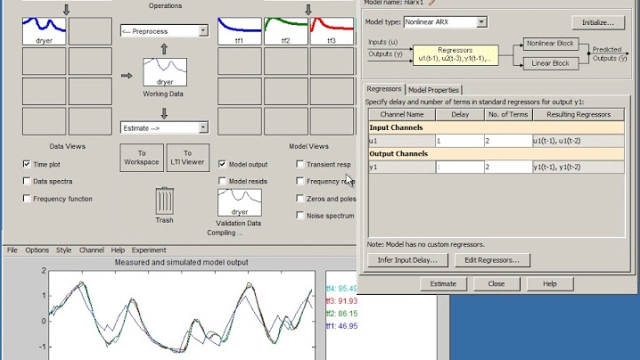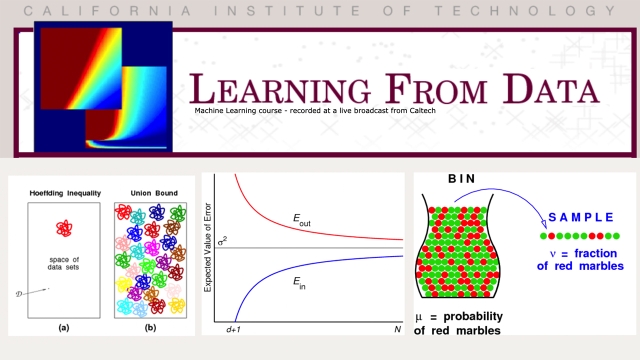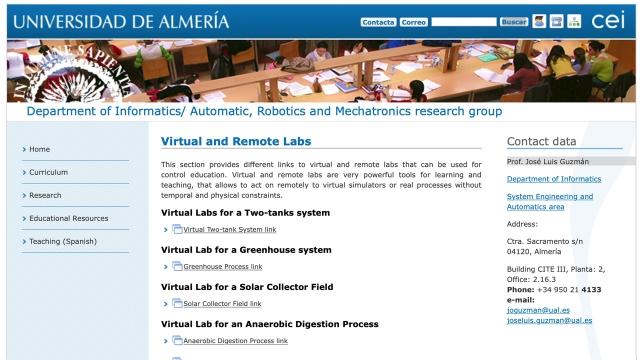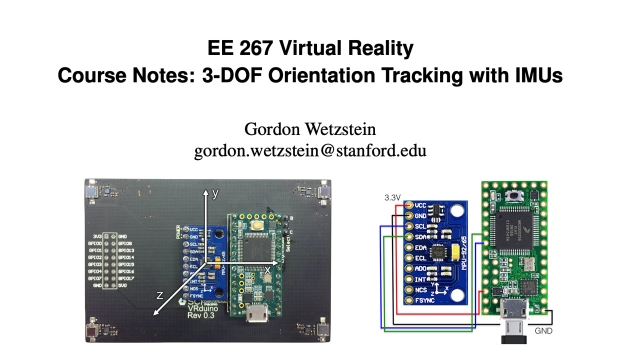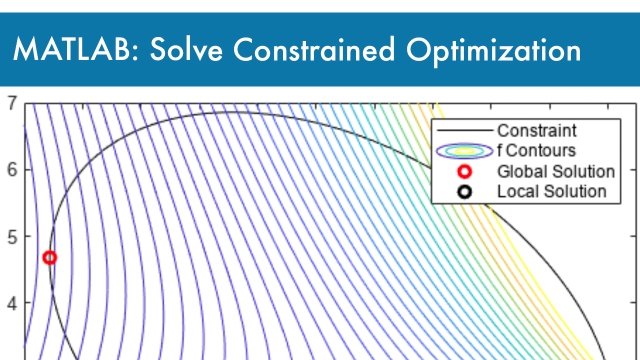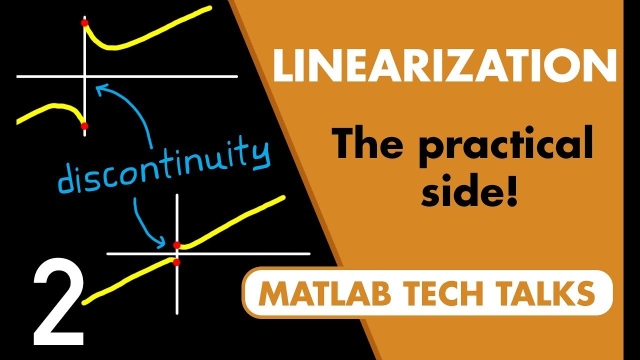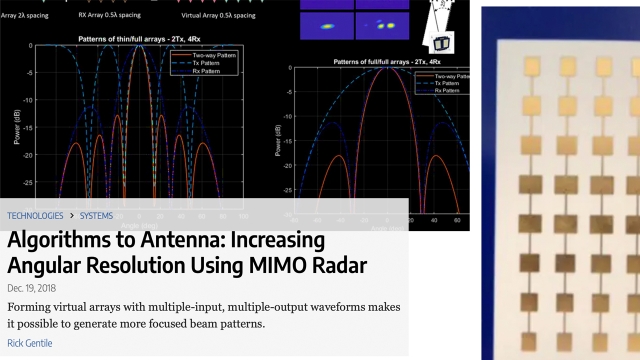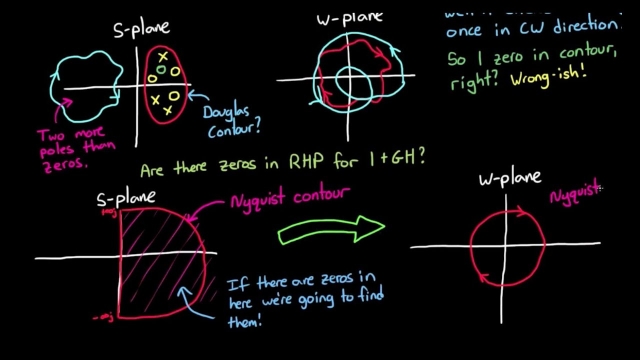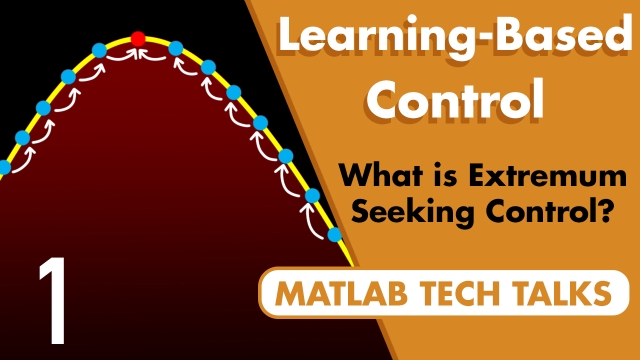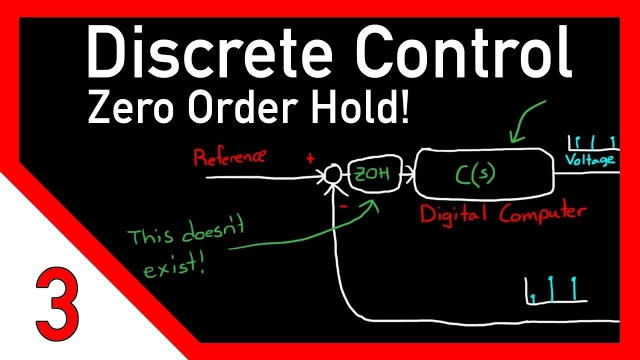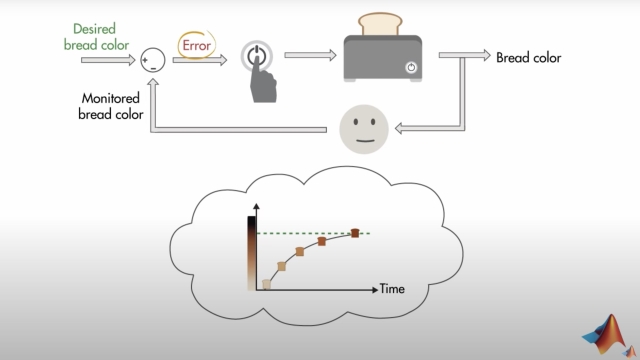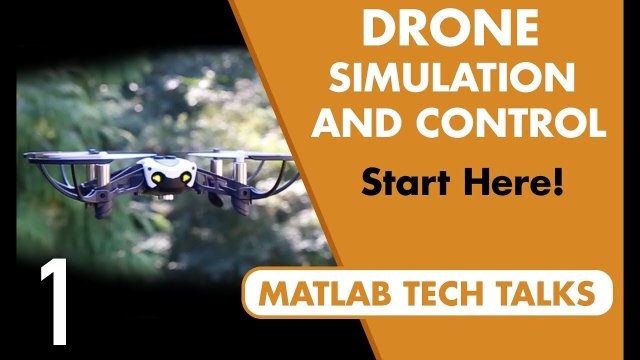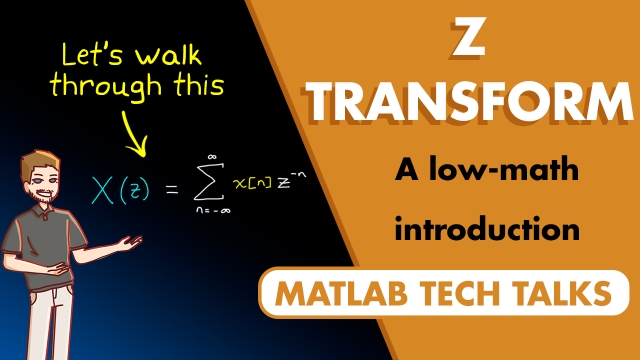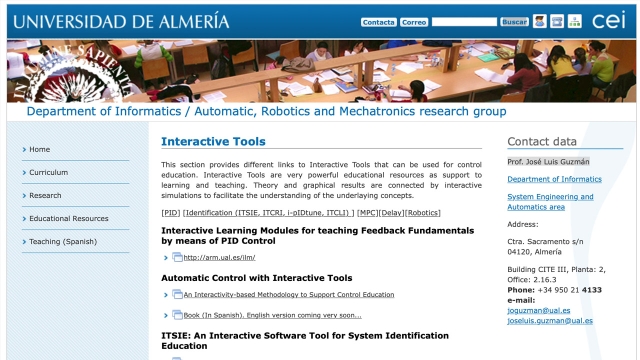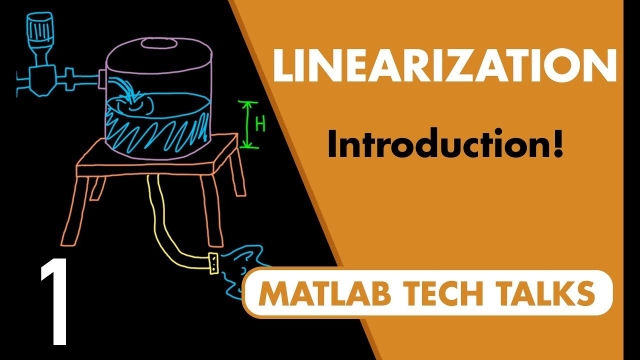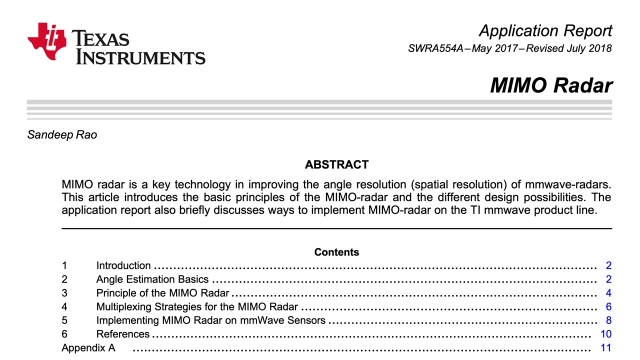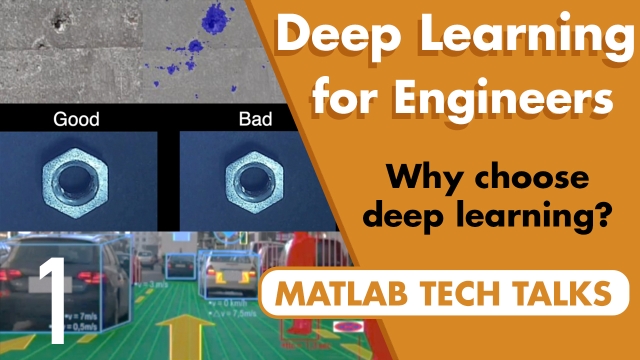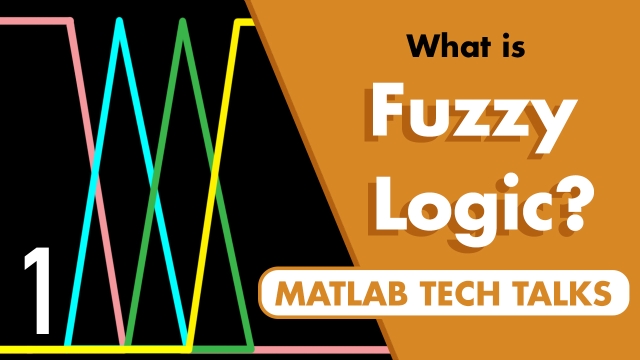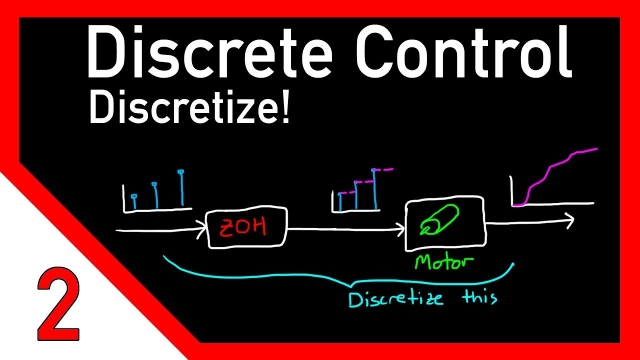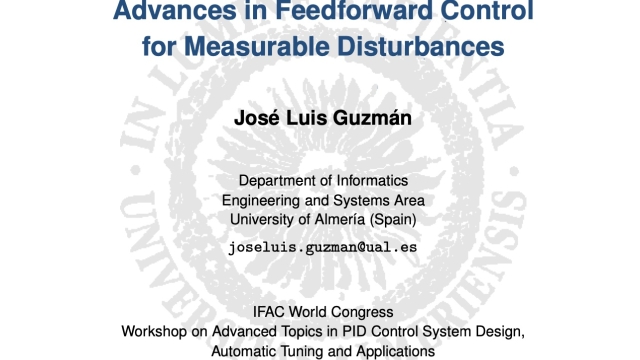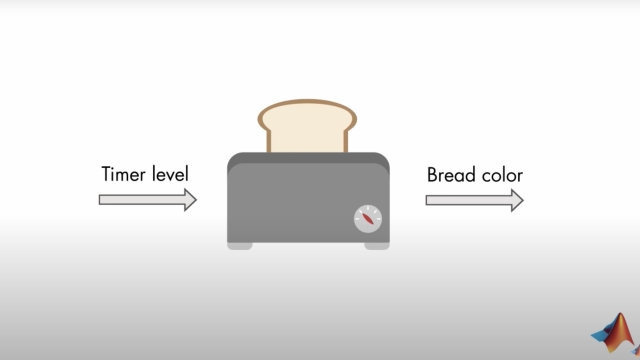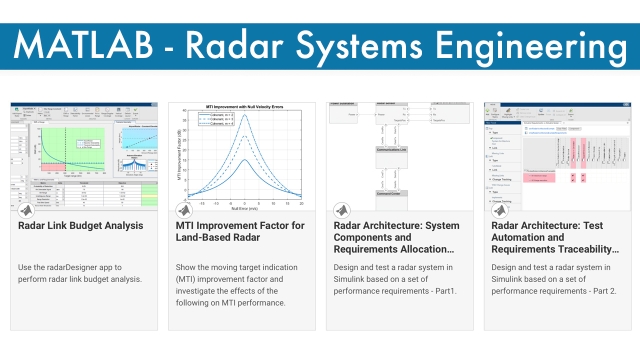
Why Choose Model-Based Reinforcement Learning?
What is the difference between model-free and model-based reinforcement learning? Explore the differences and results as the learning models are applied to balancing a cart/pole system as an...
See MoreIntroduction to System Identification
In this webinar, you will have a unique chance to learn about system identification from a world-renowned subject expert, Professor Lennart Ljung. Professor Ljung will explain the basic...
See MoreLearning From Data
This is an introductory course in machine learning (ML) that covers the basic theory, algorithms, and applications. ML is a key technology in Big Data, and in many financial, medical...
See MoreIntro to Data Science: The Nature of Data
This lecture discusses the types of data you might encounter, and how it determines which techniques to use.
See MoreVirtual Labs for control education
This resource provides different links to virtual and remote labs that can be used for control education. Virtual and remote labs are very powerful tools for learning and teaching, that...
See MoreWhy Digital Beamforming Is Useful for Radar
Learn how you can use digital beamformers to improve the performance and functions of radar systems. The MATLAB Tech Talk series on radar covered how to use radar to determine range, range...
See More3-DOF Orientation Tracking with IMUs
This document is not meant to be a comprehensive review of orientation tracking for virtual reality applications but rather an intuitive introduction to inertial measurement units (IMUs) and...
See MoreMATLAB Example: Solve Constrained Nonlinear Optimization, Problem-Based
This example shows how to find the minimum of a nonlinear objective function with a nonlinear constraint by using the problem-based approach.
See MoreTrimming and Linearization, Part 2: The Practical Side of Linearization
With a general understanding of linearization, you might run into a few snags when trying to linearize realistic nonlinear models. These snags can be avoided if you have a more practical...
See MoreAlgorithms to Antenna: Increasing Angular Resolution Using MIMO Radar
Articles in Microwaves & RF that talks about how forming virtual arrays with multiple-input, multiple-output waveforms makes it possible to generate more focused beam patterns.
See MoreNyquist Stability Criterion, Part 1
An explanation of the Nyquist Stability Criterion. This video steps through the importance of the criterion, how to interpret the Nyquist plot graphically, and why it is the way it is....
See MoreWhat Is Extremum Seeking Control? | Learning-Based Control
Get an introduction to extremum seeking control—an adaptive control method for finding an optimal control input or set of system parameters without needing a model of your system, static...
See MoreDiscrete control #3: Designing for the zero-order hold
This is the third video on discrete control and in this video, I want to clear up a confusion that I caused last time regarding using the ZOH method to discretize a continuous controller and...
See MoreUnderstanding Control Systems: Feedback Control Systems
This video provides introductory examples to learn about the basics of feedback control (closed-loop control) systems.
Learn how feedback control is used to automate processes and discover...
See MoreDrone Simulation and Control, Part 1: Setting Up the Control Problem
Quadcopters and other styles of drones are extremely popular, partly because they have sophisticated programmed control systems that allow them to be stable and fly autonomously with very...
See MoreUnderstanding the Z-Transform
This intuitive introduction shows the mathematics behind the Z-transform and compares it to its similar cousin, the discrete-time Fourier transform. Mathematically, the Z-transform is...
See MoreInteractive Tools for Control Purposes
This resource provides different links to Interactive Tools that can be used for control education. Interactive Tools are very powerful educational resources as support to learning and...
See MoreTrimming and Linearization, Part 1: What is Linearization?
Why go through the trouble of linearizing a model? To paraphrase Richard Feynman, it’s because we know how to solve linear systems. With a linear model we can more easily design a controller...
See MoreMIMO Radar: TI Application Report
MIMO radar is a key technology in improving the angle resolution (spatial resolution) of mmwave-radars. This article introduces the basic principles of the MIMO-radar and the different...
See MoreWhy Choose Deep Learning? Deep Learning for Engineers, Part 1
This video introduces deep learning from the perspective of solving practical engineering problems. The goal is to provide an introduction to the range of practical engineering problems that...
See MoreWhat Is Fuzzy Logic | Fuzzy Logic Part 1
This video introduces fuzzy logic and explains how you can use it to design a fuzzy inference system (FIS), which is a powerful way to use human experience to design complex systems...
See MoreDiscrete control #2: Discretize! Going from continuous to discrete domain
This is the second video in the discrete control series. It focuses on discretizing a continuous system - getting to the z-domain from the s-domain.
See MoreAdvances in Feedforward Control for Measurable Disturbances (slides)
These slides present several contributions to improve the feedforward control approaches when inversion problem arise: the ideal compensator may not be realizable due to negative delay...
See MoreUnderstanding Control Systems: Open-Loop Control Systems
This video explores open-loop control systems by walking through some introductory examples.
Learn how open-loop systems are found in everyday appliances like toasters or showers, and...
See MoreRadar Systems Engineering MATLAB Documentation and Examples
The functions in this section give you the MATLAB tools needed to evaluate the performance of a radar system. You can use the radar equation to evaluate the radar received signal-to-noise...
See More

